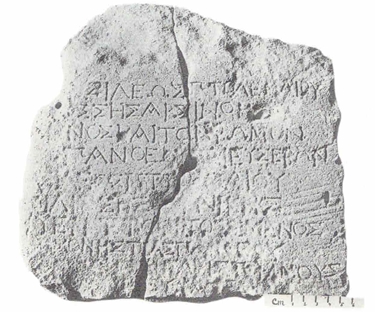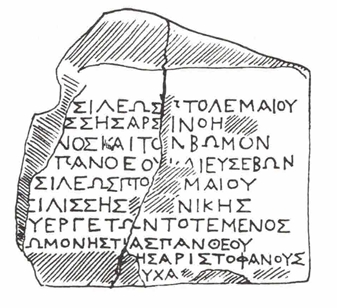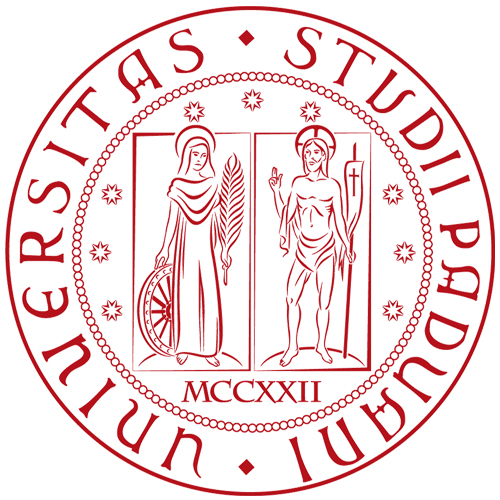The unknown author of this dedication consecrated two precincts with altars to a set of deities and deceased Ptolemies, on behalf of the living rulers Ptolemy IV and Arsinoe III. A first cult place was dedicated to a deity (probably Zeus) bearing the epithet Pantheos, together with Ptolemy III and Berenike II, who exceptionally hold two epicleses: the traditional Theoi Euergetai and the unique Theoi Eusebeis. The second precinct is dedicated to Hestia Pantheos. Various phonetic and linguistic details point to a donor with an Egyptian background. The fact that a unique Egyptian term translated both Greek expressions Euergetai (the Beneficent ones) and Eusebeis (the Pious ones) is used to highlight the topic of royal piety and euergetism towards temples and gods. The choice of Hestia (and Zeus) together with the epiclesis Pantheos also suggest that the donor wanted to evoke the divine couple Isis/Sarapis and stress the omnipotence of both the deities and Ptolemaic rulers.
Permanent ID
http://s.phrc.it/phrc058Images
Photo 1: Photo of the stone, from I.Alex.Ptol., Pl. 10, Fig. 25
Photo 2: Drawing by Seymour de Ricci (1909)






